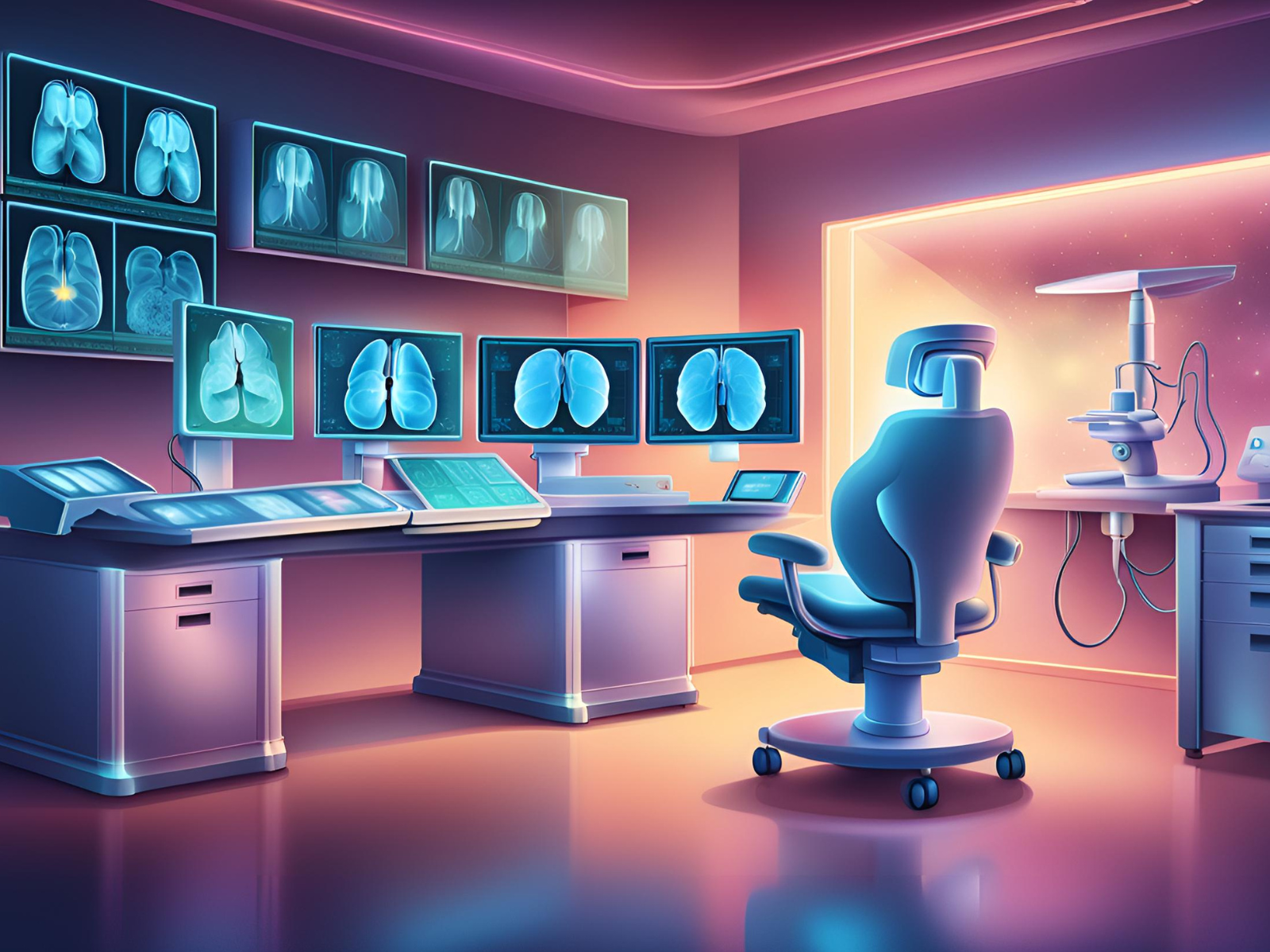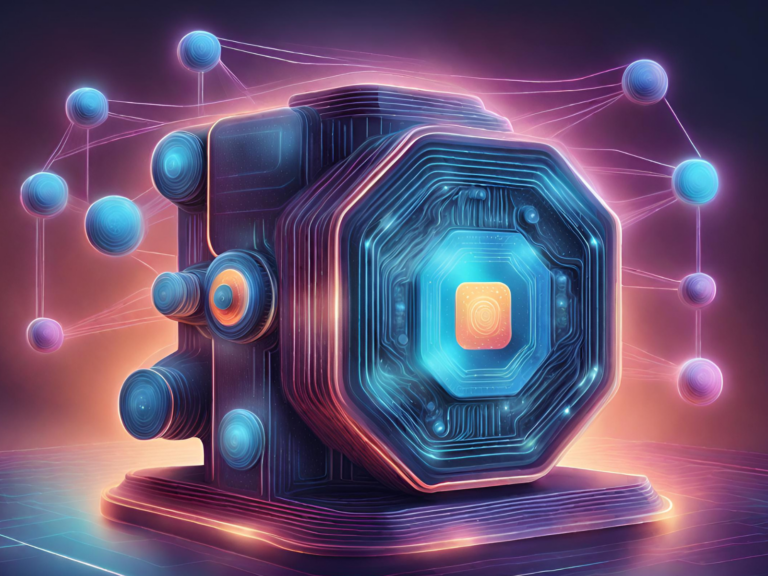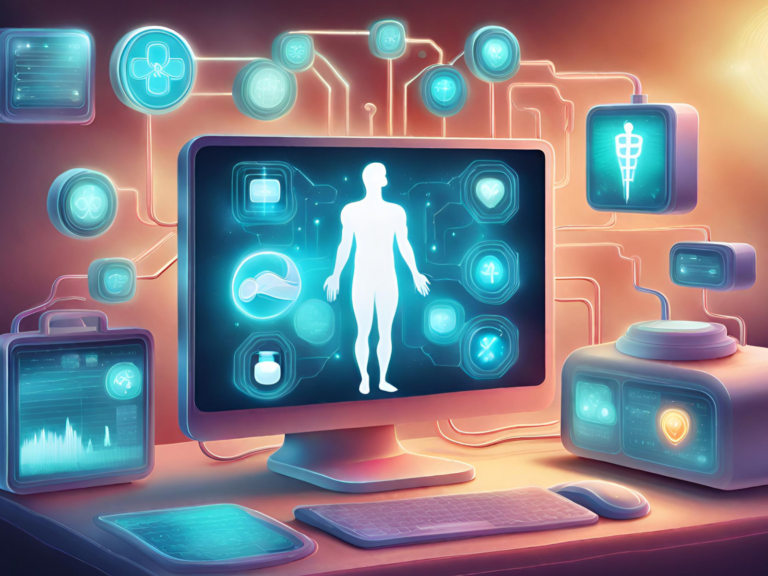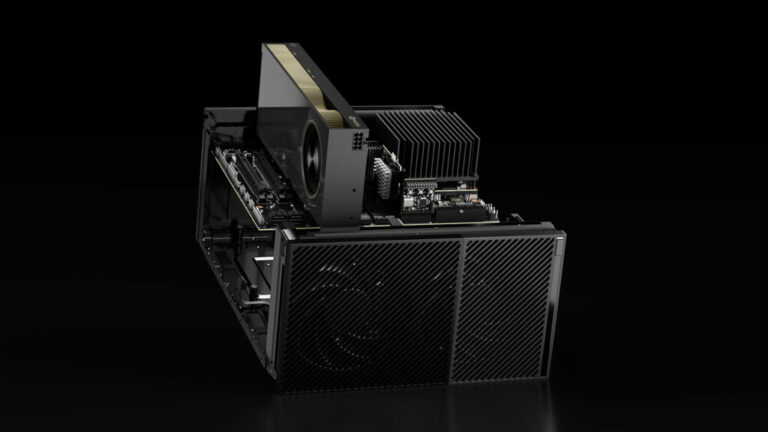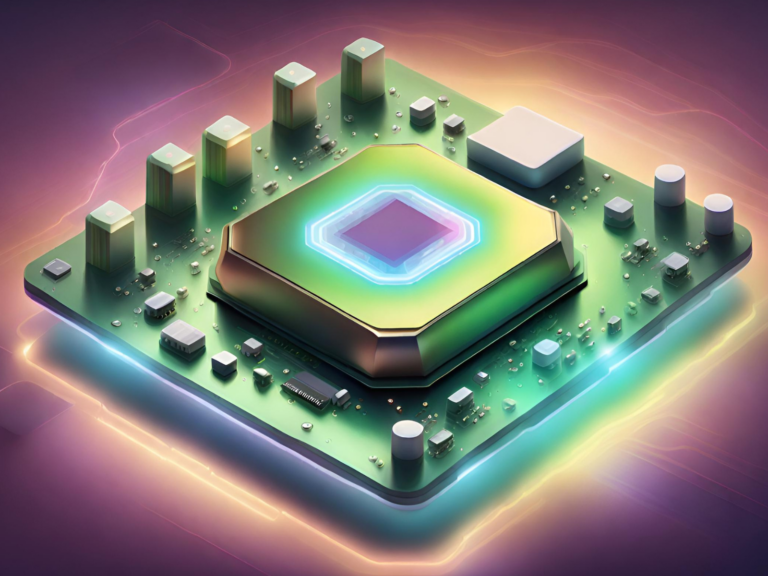Best Tools for Medical Imaging
The medical imaging field continuously evolves with new technologies enhancing the efficiency and accuracy of diagnoses. In this blog post, we’ll explore innovative tools that are revolutionizing medical imaging: NVIDIA Holoscan, MONAI, OHIF, Orthanc, DICOMweb, Plastimatch, and PACS.
PACS: Picture Archiving and Communication System
A Picture Archiving and Communication System (PACS) is a medical imaging technology that provides economical storage and convenient access to images from multiple modalities. PACS digitizes and transmits images and reports, eliminating the need for manual film handling. PACS uses the DICOM standard for image storage and transfer and can incorporate non-image data like PDFs encapsulated in DICOM.
PACS comprises four major components:
- Imaging Modalities: Such as X-ray, CT, and MRI.
- Secured Network: For transmitting patient information.
- Workstations: For interpreting and reviewing images.
- Archives: For storing and retrieving images and reports.
With emerging web technologies, PACS offers timely and efficient access to images and related data, reducing the barriers associated with traditional film-based systems.
DICOMweb: Web-Based Medical Imaging Standard
DICOMweb™ is a set of RESTful services that form the DICOM standard for web-based medical imaging. It empowers web developers to harness healthcare images using industry-standard toolsets. DICOMweb can be implemented directly or as a proxy to DIMSE services, providing modern web-based access to DICOM-enabled systems without requiring image-producing modalities to support DICOMweb natively.
Orthanc: A Lightweight DICOM Server
Orthanc is a free and open-source DICOM server that simplifies medical imaging for hospitals and researchers. Its lightweight design ensures seamless integration and functionality.
You can install Orthanc directly using apt:
sudo apt-get install orthanc orthanc-dicomweb -y
Alternatively, you can use Docker to set up Orthanc:
docker pull orthancteam/orthanc:24.6.1 docker run -p 4242:4242 -p 8042:8042 --rm --name orthanc jodogne/orthanc-plugins:1.12.4
For sample setups with Docker, visit the Orthanc setup samples repository.
OHIF: An Extensible Web Imaging Platform
The Open Health Imaging Foundation (OHIF) Viewer is an open-source, web-based platform designed for medical imaging. With its user-friendly interface and powerful framework, OHIF allows developers to build complex imaging applications effortlessly. Released under the MIT license, OHIF supports custom workflows and quick case reviews without any installation hassles.
Here’s how you can get started with OHIF using Docker:
docker pull ohif/app:v3.8.1 docker run -d -p 3000:80/tcp --name ohif-viewer ohif/app:v3.8.1
Plastimatch: High-Performance Image Computation Software
Plastimatch is an open-source software focused on high-performance volumetric registration of medical images like CT, MRI, and PET scans. It’s designed for medical image processing and radiation therapy applications. Note that Plastimatch currently supports Ubuntu 20.04, not Ubuntu 22.04.
You can install it using the following command:
sudo apt-get install plastimatch -y
NVIDIA Holoscan: Real-Time Data Processing for Healthcare
NVIDIA Holoscan is an advanced platform designed to process real-time data in healthcare, enabling rapid decision-making and precise medical imaging analysis. Leveraging the power of NVIDIA GPUs and AI, Holoscan offers scalable solutions for medical imaging applications, from edge devices to data centers.
Key Features of NVIDIA Holoscan:
- Real-Time Processing: Holoscan can process data in real time, making it ideal for time-sensitive medical applications.
- Scalability: Whether deployed on local edge devices or large data centers, Holoscan scales efficiently to meet varying computational needs.
- AI Integration: By integrating AI models, Holoscan enhances the accuracy and efficiency of medical imaging analysis.
- Flexibility: Holoscan supports a wide range of medical imaging modalities, including CT, MRI, and ultrasound, ensuring broad applicability.
Getting Started with NVIDIA Holoscan
To get started with NVIDIA Holoscan, you can access NVIDIA’s extensive documentation and community support. Developers can leverage pre-trained AI models and customize workflows to suit specific medical imaging needs. Also, you can read the “What is NVIDIA Holoscan Platform?” post.
MONAI: AI Toolkit for Medical Imaging
The Medical Open Network for AI (MONAI) is an open-source, PyTorch-based framework designed specifically for healthcare imaging. MONAI provides deep learning practitioners with the tools needed to develop, train, and deploy AI models for medical imaging applications.
Key Features of MONAI:
- Ease of Use: With high-level APIs, MONAI simplifies the process of developing and deploying AI models for medical imaging.
- Flexibility: MONAI supports a wide range of imaging modalities, including CT, MRI, and ultrasound, and can be used for various tasks such as segmentation, classification, and detection.
- Integration with Existing Tools: MONAI integrates seamlessly with existing tools like PyTorch, enabling users to leverage familiar workflows and libraries.
- Extensive Documentation and Community Support: MONAI offers comprehensive documentation and an active community, providing valuable resources for developers and researchers.
MONAI also provides extensive tutorials and examples to help you quickly learn its capabilities. Whether you’re new to AI or an experienced practitioner, MONAI offers the tools and support needed to advance your medical imaging projects. You can read the “Getting Started AI in Healthcare with MONAI” post.
Conclusion
The integration of these advanced tools—OHIF, Orthanc, DICOMweb, Plastimatch, and PACS—enhances the efficiency and effectiveness of medical imaging. These technologies offer robust, scalable solutions for healthcare professionals, paving the way for improved patient care and streamlined workflows. Whether you’re a developer, researcher, or clinician, leveraging these tools can significantly benefit your medical imaging tasks.

